Disclosure: The views and opinions expressed here belong solely to the author and do not represent the views and opinions of crypto.news’ editorial.
In 2022, the sports industry generated an estimated $403 billion in revenue, with expectations that it will increase to $680 billion by 2028. Despite this growth, the financial rewards for athletes are predominantly enjoyed by the top percentile.
While lucrative contracts and endorsements are common among the elite, most athletes struggle to secure financial stability after their careers end. Craig Brown from NKSFB Sports Business Division highlights a concerning trend: 78% of professional athletes encounter severe financial difficulties within three years of retirement. This begs the question: How can web3 address and help shift monetization models for athletes during and after their careers?
Traditionally, athletes have relied on earnings from contracts, endorsements, and sponsorships. This model presents challenges not only post-retirement but also for young athletes early in their careers. This includes college athletes who may not have access to payment opportunities due to the current regulatory or market constraints.
The short duration of professional sports careers means that the financial security they provide is often fleeting. Additionally, many athletes, particularly at the collegiate level or in less commercialized sports, face difficulties securing substantial sponsorships or contracts, leaving them financially vulnerable during and after their athletic careers. These challenges present the need for a more sustainable monetization model that can provide security and stability from the onset of an athlete’s career to retirement.
Enter web3, which provides athletes with opportunities to start earning from the beginning of their careers and continue to generate income into retirement. This technology is changing the space of athlete monetization, offering platforms that support sustainable income streams well beyond their active years. Web3 can provide much-needed solutions to these challenges through blockchain, smart contracts, and tokenization.
Web3 enables athletes to tokenize their personal brands and earnings into digital assets, which allows them to maintain an ongoing income stream. For instance, athletes can tokenize a percentage of their lifetime earnings or trademarks associated with their persona, which fans and investors can purchase, ensuring that their athletic success pays dividends well into the future.
For example, NBA star Spencer Dinwiddie tokenized his contract to allow fans to invest in his future earnings. Similarly, football legend Lionel Messi and tennis star Naomi Osaka have ventured into releasing their NFTs, providing fans with unique digital collectibles tied to their achievements.
Smart contracts for reliable royalties: These contracts automate and secure royalty agreements from endorsements, merchandise sales, and media appearances. These payments are triggered automatically whenever their name, image, or performance is used, providing a stable income derived from their peak professional years. The potential of web3 to transform the financial dealings within sports is profound. Smart contracts, for instance, ensure that athletes and artists are compensated fairly and promptly for the use of their likeness. This is not only crucial for maintaining a stable income after a prime but also pivotal in protecting and leveraging one’s professional legacy.
Moreover, the application of smart contracts unlocks innovative ways for fan engagement. They offer exclusive access to digital collectibles, personalized experiences, and direct interactions with sports and entertainment heroes. Such advancements enrich the fan experience, allowing deeper connections and more meaningful interactions between fans and their favorite athletes.
Despite the potential of web3, its integration into today’s world does present some challenges. The inherent complexity of blockchain technology and its interfaces can deter widespread adoption, requiring significant education for athletes, fans, and management teams to effectively utilize these new tools. There’s also a steep learning curve associated with technological literacy, demanding time and resource investment from all parties involved. Moreover, the volatility of cryptocurrency markets and the evolving regulatory landscape introduce financial and operational uncertainties. Additionally, environmental concerns linked to the energy-intensive nature of some blockchain operations pose sustainability and public perception challenges.
Looking ahead, integrating sports with gaming through web3 technologies can open up another avenue for athlete monetization. This could lead to the gamification of athletes’ careers, enabling fans to interact with their favorite sports stars in a virtual setting, using them as characters or players in online games.
The adoption of VR and AR technologies could allow fans to train with digital avatars of their favourite athletes, receiving real-time feedback and tips, which enhances the personal connection and adds an educational component. As these platforms evolve, they can host virtual events where achievements and interactions directly boost an athlete’s earnings through microtransactions and token exchanges.
This interactive approach would turn passive viewership into active participation, creating a dynamic new sports economy where every interaction has tangible value.
Web3 is proving to be more than a new way for athletes to earn money; it also strengthens their connections with fans. As the sports industry adopts web3, this isn’t just a temporary change but a fundamental shift. It’s transforming how athletes manage their careers and secure their futures. From this perspective, web3 is not just another revenue option—it’s becoming crucial for athletes aiming to maintain success well beyond their peak competitive years, ultimately bringing the fans in all of us closer to the players and the beautiful game we love.



